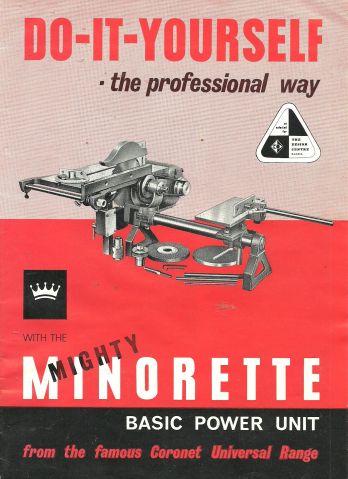Hazard 2012 accepted “Moving goalposts” proposal,
Experimentica 2012 rejected proposal (see below).
It’s been a week now since UCLan 2012 Degree Show. Waiting in the new atrium, the building has just been cladded, like the rest of “UCLad”, someone commented that the show seemed very tired. I didn’t quite understand so they explained, not the work so much as the whole. Tired, as in, the students were tired, exhausted.
An observation – images not quite straight which is, not quite right. So tired they couldn’t be arsed to use a spirit level. Whose call is that? Did the students think Foxtrot Indigo, or the tutors?
Anyway, the best bits were: big dog drawings; drawings of derelict buildings with incremental colour; concrete furniture and all the photos and postcards asking people about art.
The criticism of the best bits: the big dog drawings spoilt by Clinton greeting card platitudes and pinned using push pins, should’ve used rusty nails and a pile of dog shit on the floor would have won me over was my first gut thought but then later amended to just a black bag to look like there could have been dog shit inside (someone makes the effort to carry the bag and clean up but leaves the deposit on the pavement); the artist who drew the derelict buildings had obviously got business cards from vistaprint and the image on front of the card looked like she was an aromatherapist; you couldn’t sit on the concrete setee!
Three hours of collage preparation (stage 1: removing the pages from the source).
Fella in the pub said his old man used to say an hour in the mornings worth two in the evening.
“In the run-up to the 2004 Turner Prize, the most prestigious contemporary art prize awarded in Britain, the sponsor of the award, Gordon’s Gin, polled five hundred of the most powerful people in the art world. Leading dealers, critics, artists, and curators were asked what in their opinion was the most influential work of art of the twentieth century, taken from a list of twenty nominations. When the votes were tabulated, well back in second place was Picasso’s Les Demoiselles d’Avignon, ahead of Andy Warhol’s Marilyn Diptych, Picasso’s Guernica, and Matisse’s The Red Studio in fifth place, with works by Joseph Beuys, Constantin Brancusi, Jackson Pollock, Donald Judd, and Henry Moor bringing up the rear. The winner by far, with 64 percent of the vote for number one, was an object whose very status as a work of art remains in dispute, a work that no longer exists because the artist’s sister tossed it into the trash long ago: Fountain, the men’s urinal put forward for exhibition in 1917 by Marcel Duchamp. (p193, The Art Instinct, Dennis Dutton, 2009)”
hours: unknown, but I’ve renewed this book eleven times.
Reading is research, everything is evidence.
From a conversation started through Un sou pour vos pensees (2012) came a rough quote attributed to Einstein along the lines of ‘What does a fish know of the sea.’ Which I instantly liked but thinking about it this week, there’s a big difference between the brain of a Halibut or a Haddock and the brain of a human.
“Human responses to landscapes also show atavisms, and the Komar and Melamid experiments are a fascinating, if inadvertent, demonstration of this. The lush blue landscape type that the Russian artists discovered is found across the world because it is an innate preference. This preference is not explained just by cultural traditions. Specifically, the suggestion that the pervasive power of the worldwide calendar industry might explain why even Kenyans think Hudson River School when asked about favourite pictures evades a more plausible hypothesis: that calendars – and the picture preferences they reveal in completely independent cultures – tap into innate inclinations. This fundamental attraction to certain types of landscapes is not socially constructed but is present in human nature as an inheritance from the Pleistocene, the 1.6 million years during which modern humans evolved. The calendar industry has not conspired to influence taste but rather caters to preexisting, precalendrical human preferences. The tantalising question is: why is there such a persistent preference for the blue, watery landscape?” (p18, The Art Instinct, Dennis Dutton, 2009)
For an answer read Elaine Morgan.

